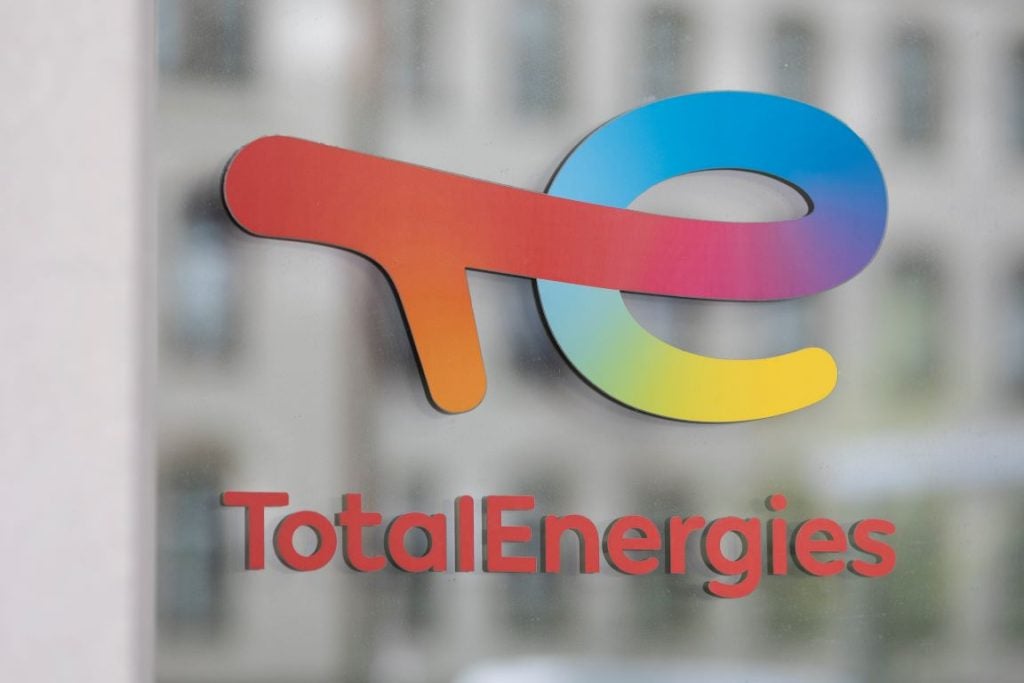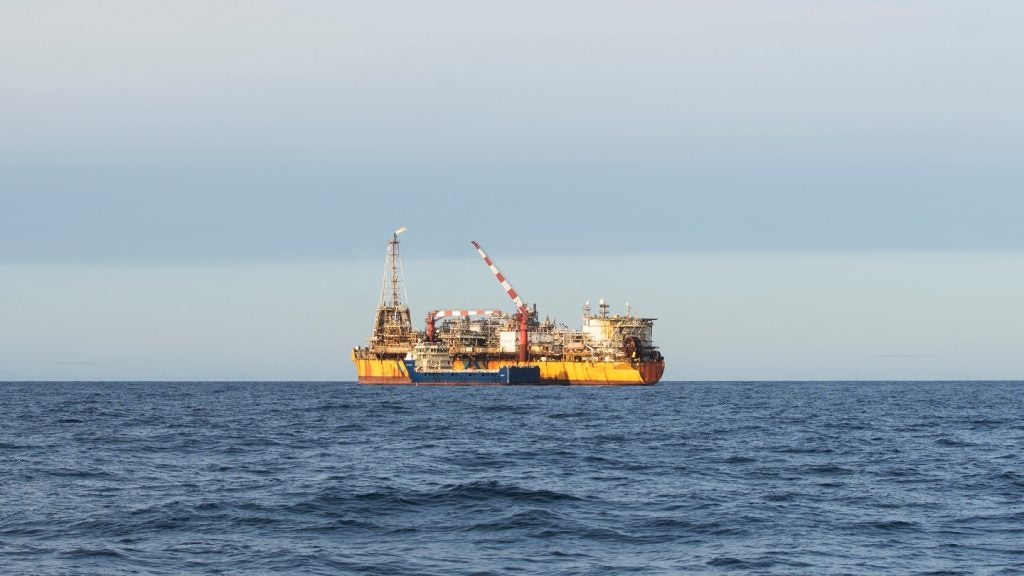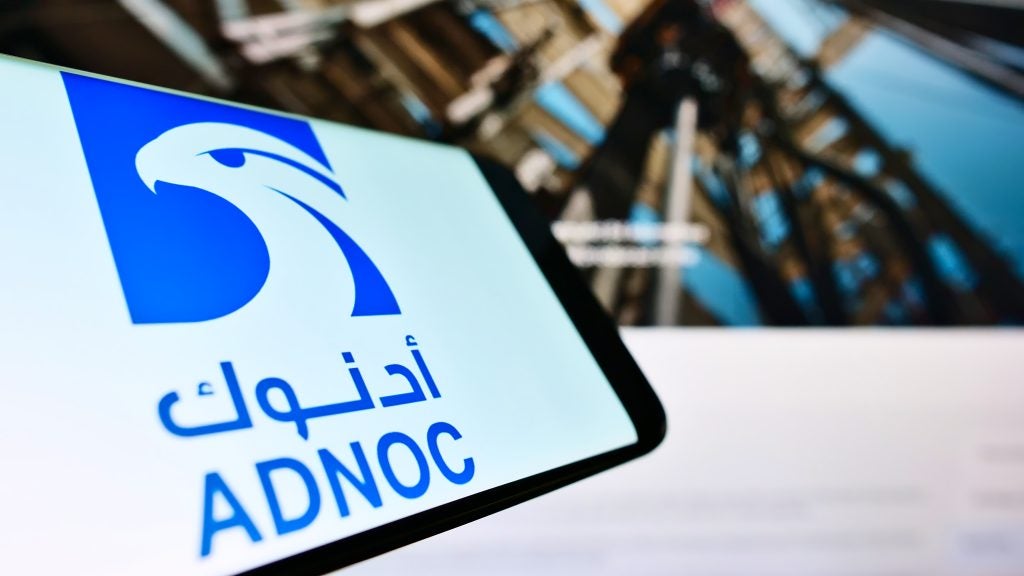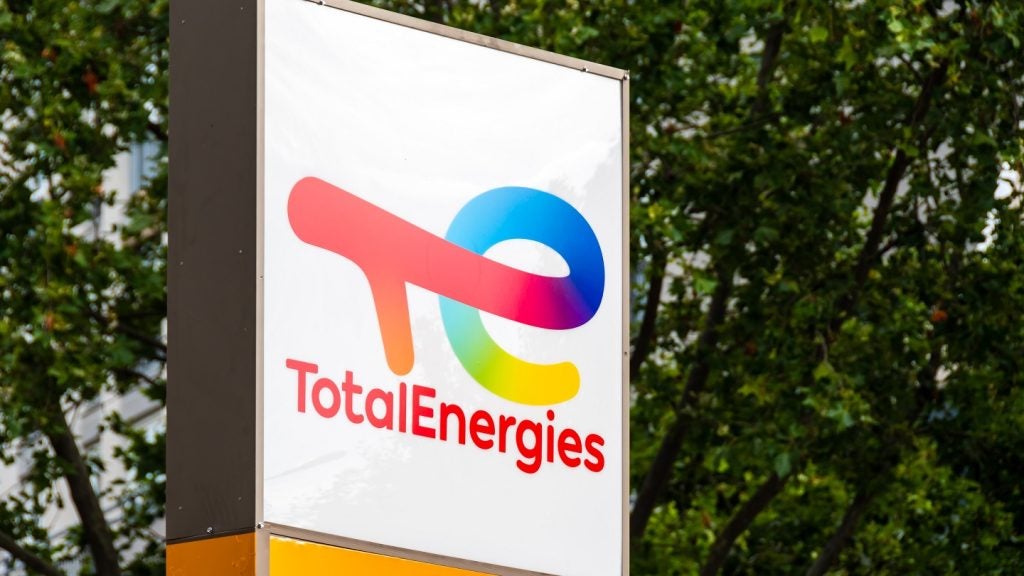TotalEnergies has filed a patent for a lithium-ion electrochemical cell with a unique gel-type electrolyte composition. The cell includes a negative electrode with carbon, silicon, or a composite, a positive electrode, and a polymer-based electrolyte with specific additives for enhanced performance. GlobalData’s report on TotalEnergies gives a 360-degree view of the company including its patenting strategy. Buy the report here.
According to GlobalData’s company profile on TotalEnergies, AI assisted CAD was a key innovation area identified from patents. TotalEnergies's grant share as of January 2024 was 62%. Grant share is based on the ratio of number of grants to total number of patents.
Lithium-ion electrochemical cell with gel-type electrolyte
See Also:
A recently filed patent (Publication Number: US20240039045A1) describes a lithium-ion electrochemical cell with a unique composition. The cell includes a negative electrode with an active material such as carbon, silicon, or a carbon-silicon composite, a positive electrode, and a gel-type electrolyte. The electrolyte consists of a polymer matrix resulting from the cross-linking of a monomer with at least two acrylate groups, embedded with a liquid mixture containing various components including lithium hexafluorophosphate (LiPF6) and lithium difluoro(oxalato)borate (LiDFOB), among others.
Furthermore, the patent outlines a detailed process for the in-situ thermal polymerization of the gel-type polymer electrolyte within the lithium-ion electrochemical cell. The process involves preparing an electrode plate group, impregnating it with a liquid mixture containing specific components, partially charging the group, and then raising the temperature to induce cross-linking of the monomer. Additional steps include resuming charging until a state of charge of at least 90% is reached, followed by discharging and recharging to specific state of charge levels, with provisions for gas escape during the process. The temperature for subsequent steps is maintained at the same level as during the initial cross-linking process, ensuring consistency in the polymerization process.
To know more about GlobalData’s detailed insights on TotalEnergies, buy the report here.
Premium Insights
From

The gold standard of business intelligence.
Blending expert knowledge with cutting-edge technology, GlobalData’s unrivalled proprietary data will enable you to decode what’s happening in your market. You can make better informed decisions and gain a future-proof advantage over your competitors.







